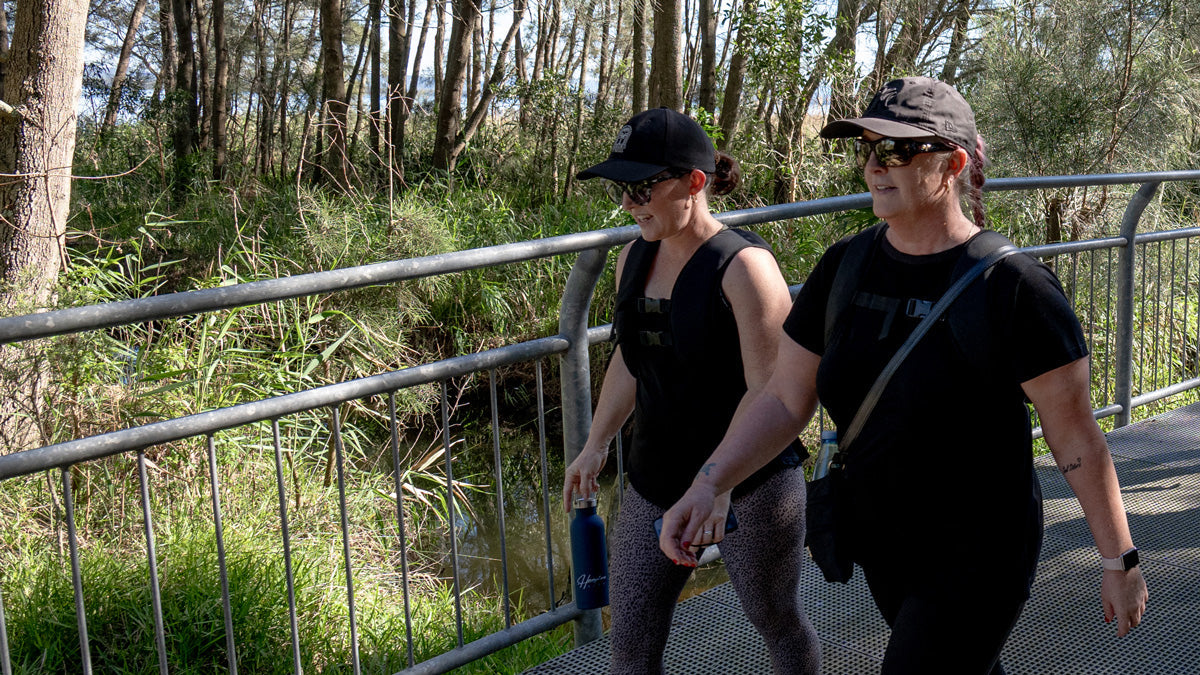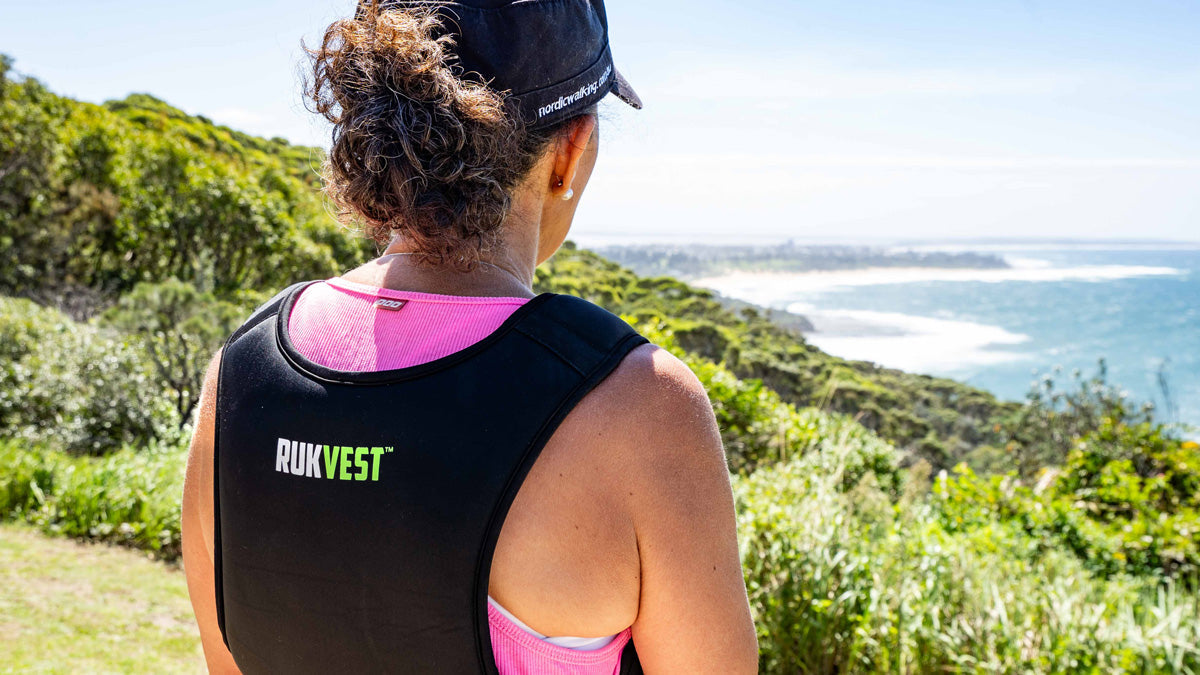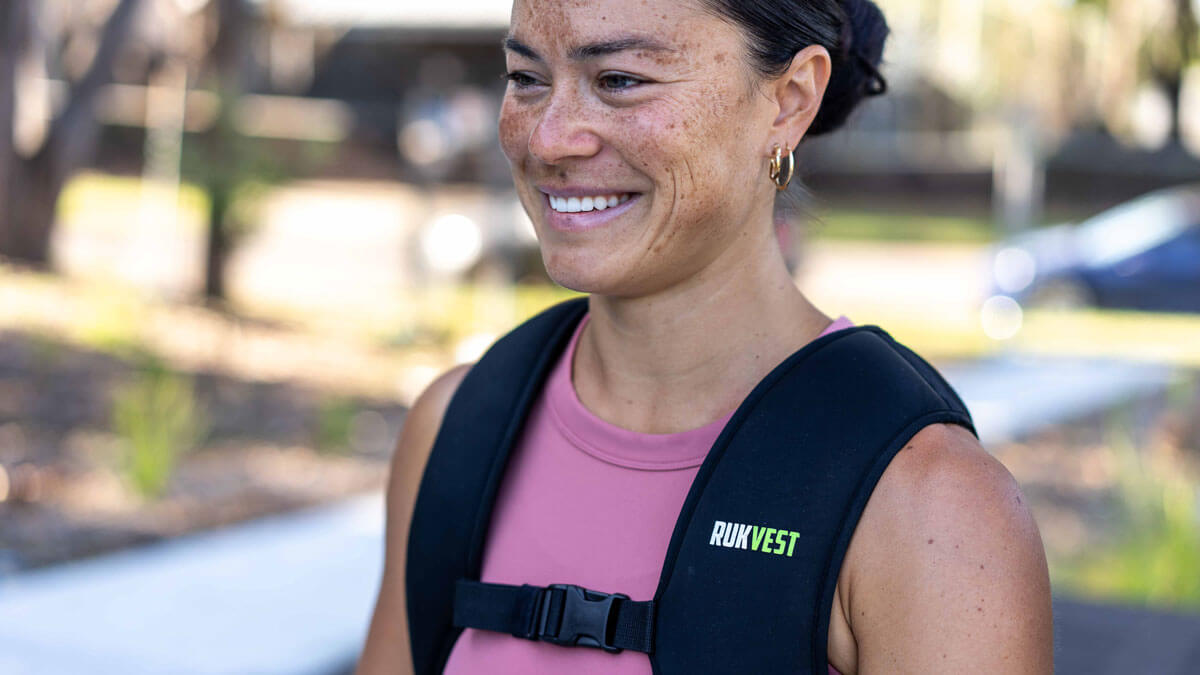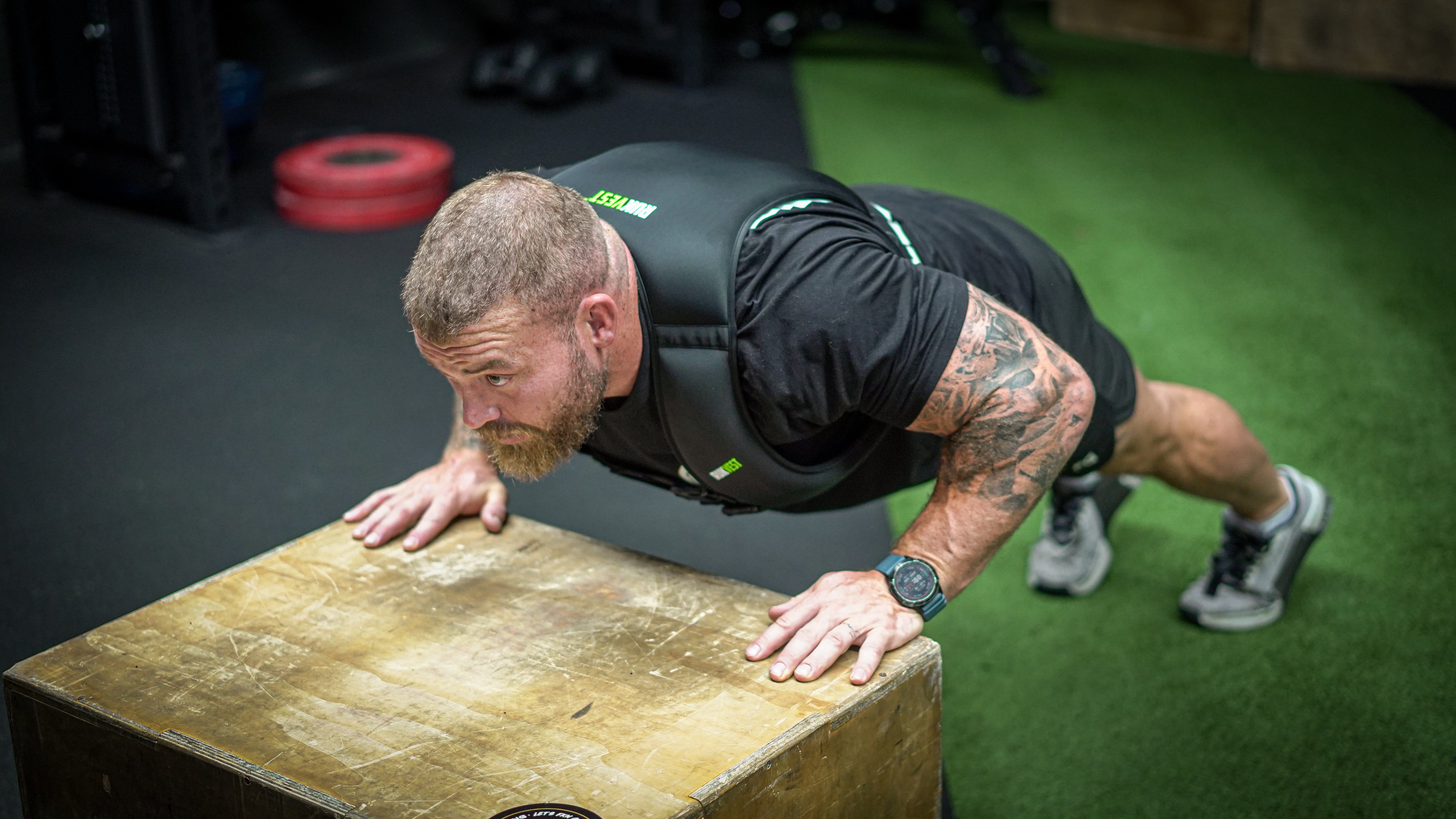Perimenopause marks a significant transition in every woman's life as it is the phase leading up to menopause.
This period typically begins in a woman's 40s but can start earlier and deliver different experiences as each body adjusts uniquely to their fluctuating hormone levels.
For most, perimenopause is often accompanied by a myriad of physical and emotional changes characterised by hormonal fluctuations with symptoms such as irregular periods, mood swings, sleep disturbances, and changes in body composition.
Managing these changes proactively through lifestyle interventions is crucial for maintaining an improved quality of life. So during this period women may seek effective strategies to maintain health and improve vitality and well-being.
One effective strategy is rucking, which is the practice of walking with a weighted vest or backpack. Perfect for perimenopause not only as it helps with strength-building and bone density but it does so while simply walking, offering a low impact, mood lifting exercise exercise option that is accessible and enjoyable.
Key Takeaways
- Weighted vests and rucking provide low-impact strength training for perimenopause management
- Walking with 5-15kg weight can improve bone density, cardiovascular health, and mental wellness
- Rucking burns significantly more calories than unweighted walking without gym time
- Start light and prioritise comfort - improper form can worsen back issues
Benefits of Rucking During Perimenopause
1. Enhances Cardiovascular Health
The risk of cardiovascular disease increases after menopause due to the declining estrogen levels in the body. Carrying weight while walking elevates your heart rate which will improve cardiovascular endurance and heart health over just standard walking.
2. Builds and Maintains Muscle Mass
We all know that muscle mass naturally decreases with age, but unfortunately this process is accelerated for women during perimenopause. Rucking provides you a full-body workout while walking, engaging key large muscle groups, including legs, back, shoulders and core.
Weighted vests and rucksacks also allow for some additional training over and above walking (if you are so inclined). Both walking and exercising with weight will help counteract the muscle loss that may be experienced and will lead to improved strength and increased metabolism.

3. Increases Bone Density
The decline in estrogen during perimenopause not only messes with muscle mass, but it also contributes to decreased bone density as well, leading to an increased risk of osteoporosis. Weight-bearing exercises like rucking may stimulate bone growth and strength, with studies showing that women who engage in weighted walking can prevent bone loss and even enhance bone density.
4. Helps with Weight Management
If all else that is going on during perimenopause isn’t enough, the hormonal changes can also lead to significant weight gain, particularly around the abdomen.
Rucking helps burn more calories than just regular walking due to the added weight working your system harder which will assist in weight management and fat loss.
This increased calorie expenditure is beneficial for helping maintain a healthy weight during this transitional period.

5. Improves Posture and Reduces Back Pain
Back pain is a common complaint during perimenopause which might make carrying weight seem a little counter intuitive. But in fact, carrying a weighted backpack actually encourages proper posture by engaging the back and core muscles and counteracts our daily bent over a computer or phone body positioning.
Regular rucking is great for skeletal muscle mass building which also leads to a reduction in back pain and prevention of future back issues.
6. Supports Mental Health
Exercise is a well-known mood booster, especially when done outdoors and with friends. Rucking combines the benefits of physical activity with nature exposure, reducing stress, anxiety, and symptoms of depression.
It's also super inclusive and social, so any friends or family can join you and just carry a weight that matches their fitness level. This holistic approach supports overall mental well-being during the emotional fluctuations of perimenopause.

Want to Get Started with Rucking?
Implementing rucking into your routine is pretty straightforward, here are some tips.
- Choose the Right Gear: And that is all about comfort, because if its not comfortable, you wont do it. If you are choosing a weighted vest, choose one that doesn't have the weight sitting over the chest area as it will be uncomfortable and restrict your breathing. For a rucksack, you want to select a sturdy, comfortable pack with padded shoulder and waist straps and protection between your back and the weights in the pack. Also ensure it fits well to prevent any unwarranted strain.
- Start with Appropriate Weight: We suggest beginning with a weight that is around 5-10% of your body weight, but it is also a personal preference thing. Start with what you can comfortably carry for 30 mins and then as your strength and endurance improves, gradually increase the weight you carry.
- Focus on Form: Maintain an upright posture with shoulders back and core engaged. Proper form prevents injury and will maximise all the benefits.
- Set Realistic Goals: Start with shorter distances, gradually increasing your duration and terrain as your fitness level improves. Consistency is key to seeing progress in any exercise or activity.
-
Listen to Your Body: Pay attention to how you feel during and after rucking sessions. Adjust weight and distance as needed, and ensure adequate rest and recovery and add some mobility.

When to Consider Alternatives
- Back Issues: Consult your GP before wearing a weighted vest. Consider pilates or aquatic therapy instead.
- No Time for Walking: Try at-home resistance exercises or an HRT consultation.
- Budget Constraints: Bodyweight exercises (squats, lunges) provide similar benefits.
In conclusion
Rucking offers a multifaceted approach to managing the physical and emotional challenges you might experience during perimenopause.
By integrating this easily accessible and super effective exercise into your daily routine, you can enhance cardiovascular health, build muscle mass, increase bone density, and support mental well-being.
As with any exercise program, if you are unsure please consult with a healthcare provider before starting, particularly if you have any existing health conditions.
And have fun as you embrace the ruck as a valuable tool in navigating the perimenopausal journey with strength and resilience.








Share:
5 Reasons Why Rucking is the Ultimate Time-Saver for Your Fitness Routine
Why Rucking is the Ultimate Charity Walk Training Tool